Find how you can work with different types of LEDs in this article.
Introduction
There are different types of LEDs you can work with. They range from low power, medium power, multicolor (RGB types), Through hole types, SMD types, LED strip types, among others. The type of LED to use depends entirely on your application. Make the most out of your LED lighting projects by choosing the right type.
What type of LED to use?
LED Indicators for Simple Chassis and Hobby Projects
These projects include your hobby projects or even those intended for commercial production that has a chassis that can be drilled. A good LED to use are the 5mm and 3mm circular dome shaped LEDs. You can use an available LED holder for this.
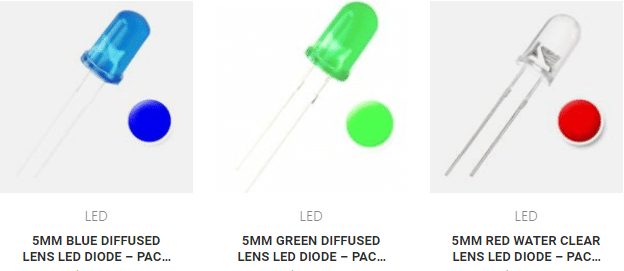

These LEDs usually have currents of up to 20mA. You may drive them below that current to get a satisfactory lighting output. The working voltage entirely depends on the type or color of LED you are using.
SMD LED for Indicators using a PCB
SMD LEDs can be handled and placed automatically with other SMD components through a pick & place machine. This makes mass assembly easy and affordable. After mounting the LED on the board, you can place them behind a chassis with an optional diffuser. SMD LEDs have the advantage of a smaller vertical clearance which can significantly reduce the form factor of your product or projects.


Power LEDs for Lighting
Power LEDs usually require a hefty current to operate. Because of this, they also need adequate heat dissipation. These LEDs are typically used for lighting purposes. Usually, a special kind of PCB called an aluminum type PCB is used to carry them. They can also be mounted on an aluminum heatsink if their form factor allows.
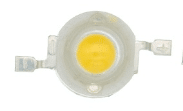
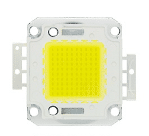
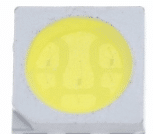
Power LEDs need power elements to drive them. They’re usually driven by power MOSFETs or custom made ICs. If the project is driven from the mains, then an AC-DC buck converter is usually used.
LED strips for Lighting
If you require extended areas to be covered by lighting, LED strips are the way to go. These LEDs are usually used for architectural lighting. Sample uses are cove lighting, signages, the lighting used for stairs, cabinet fixtures, and the like.
LED strips come in various forms and sizes. They also come in different colors and tones. As they are used in different places, they also come with different IPC standards.
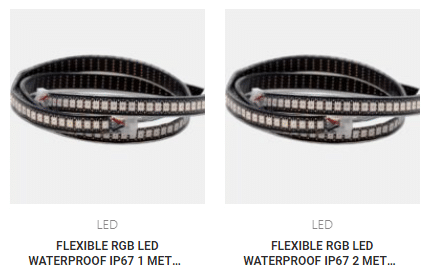
Ready-made LED strip drivers usually drive LED strips. However, you can make your own circuit to light them up. This may require using MOSFET drivers or custom made IC’s.
More advanced strips can address individual LEDs and are called addressable LED strips. The popular WS2812 is an example of this kind of LED.
Matrix LED
If you require a matrix style LED illumination or signage, matrix LEDs are the way to go. Matrix LEDs have individually adderssable LEDs and are usually arranged in rows and colums. There are also single lines and circular ones.
You can create moving graphics or texts with matrix LEDs. With this, you’ll have to learn to program an Arduino or a micorocntroller with it. A popular addresable LED is the WS2812. You can access each LED through a shift register inside them.

Conclusion
LEDs come in different forms and sizes. What matters is if it will fit your particular application. You can find various kinds of LEDs in our shop.




